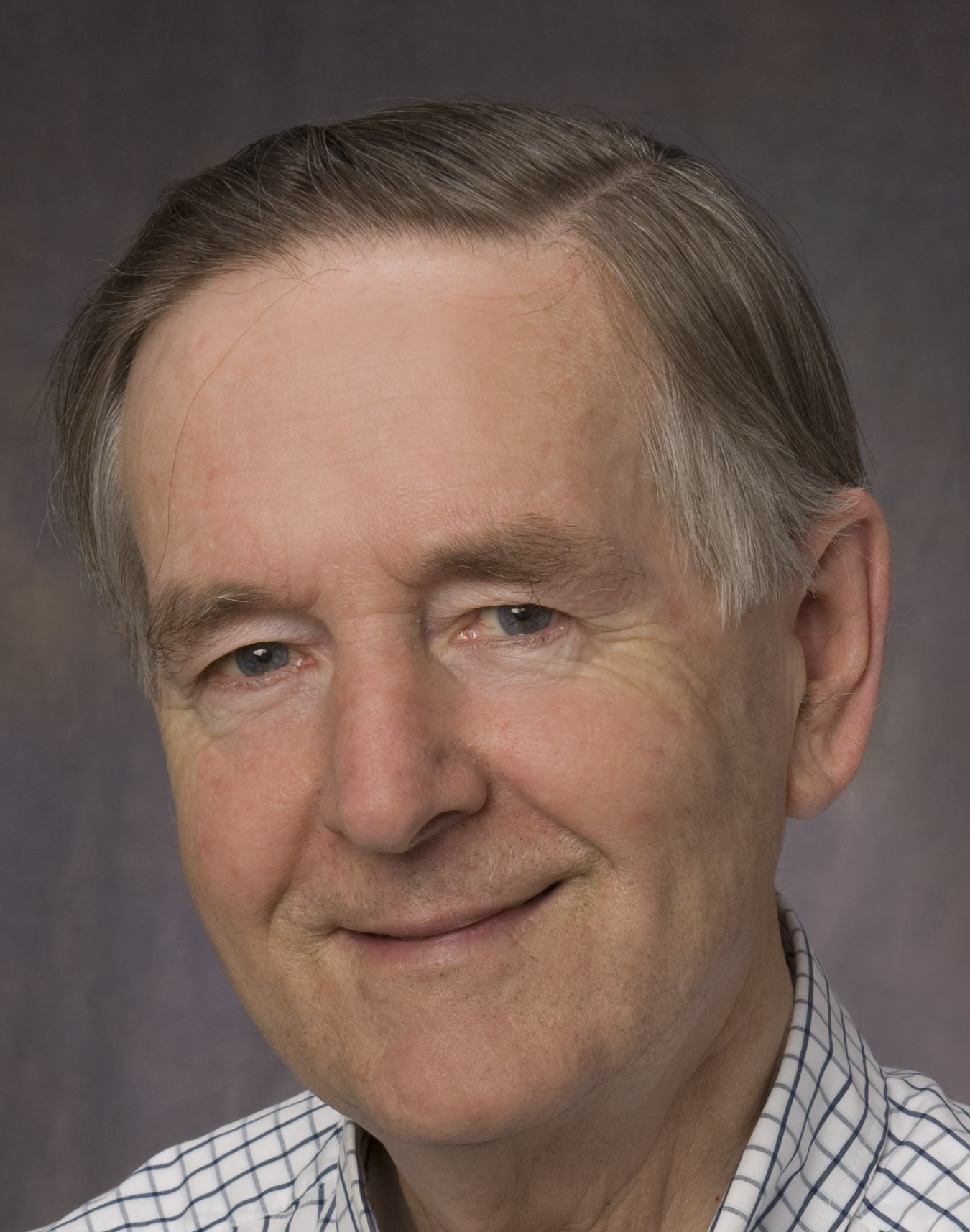|
Homepage of
Donald Forsdyke
FULL-TEXT OF ORIGINAL PAPERS, NINETEENTH CENTURY ONWARDS
AIDS
Bioinformatics (Genomics)

Evolution
Theoretical Immunology
Sex Chromosomes
Ageing and Philosophy
Bateson pages
Lists of Recent Publications, etc.
Mind
Peer Review
Romanes Pages and Early History of Queen's
University
Strategic Studies
Video Lectures and Academy

SEARCH
Alphabetical List

The
purpose of these pages is to provide original texts of papers which I deem critical to the
understanding of some major problems in the biomedical sciences. Many important papers,
often neglected by modern readers, date from the 19th century. The original versions are
not always well presented (small text, no headings, etc.). Modern technology allows these
relatively inaccessible texts to be made available to a world audience in an attractive,
searchable, format.
To
the extent that there is a hidden agenda, it is to show that, for the biological sciences,
the key concepts were advanced in the 19th century. Ewald Hering and
Samuel Butler in the 1870s introduced the idea of heredity as information
transfer and, building on Darwin's
"pangens", De Vries (1889) postulated differential gene expression and transfer
of information from nucleus to cytoplasm. This anticipated the discovery of messenger RNA
in the 1950s. Romanes solved speciation in 1886 and we are only just beginning to catch
up. We have been so busy filling in the details that we have forgotten about the big
picture.
This theme is explored more fully in my books:
| Tomorrow's Cures Today.
How
to Reform the Health Research System. Harwood Academic.
2000. (Click Here) The
Origin of Species, Revisited. A Victorian who Anticipated Modern
Developments in Darwin's Theory.
(Speciation plus a scientific biography of George Romanes). McGill-Queen's University Press.
2001. (Click Here) Evolutionary
Bioinformatics. Springer,
New York. 2006 (Click Here) Treasure
Your Exceptions. The Science
and Life of William Bateson.
(Alan G. Cock, coauthor) Springer,
New York. 2008 (Click Here) Evolutionary
Bioinformatics
Second Edition Springer,
New York. 2011 (Click Here) Evolutionary
Bioinformatics
Third Edition Springer,
New York. 2016 (Click Here) Treasure
Your Exceptions. The Science
and Life of William Bateson.
Second Edition (Alan G. Cock, coauthor) Springer, New
York. 2022 (Click Here) |
Donald
Forsdyke |
Google-Search these Webpages

Copyright. The material on these pages, with the exception of
items whose copyright is held by various publi shing houses (see below) or
elsewhere (e.g. the William Bateson papers held at three locations: the
Cambridge University Library, the John Innes Centre, and Queen's University
Archives) is the copyright �
of D. R. Forsdyke. You are welcome to use these materials, without my expressed
permission. It would be appreciated if you would acknowledge this page if you take
material from it.
Acknowledgements. Some of the material on the pages listed
above has been published in various journals, which are the only definitive repositories
of the content that has been certified and accepted after peer review. Copyright and all
rights therein are retained by the associated publi shing houses. Single
copies may be made for personal use, but multiple copying or reposting requires explicit
permission of the appropriate publi shing house. Acad emic Press offered on-line
access to all or part of some of these papers through its IDEAL webpages.
Else-vier offers a
similar facility Click
here. See also Else-vier's Gene Homepage (Click
Here). Copyrights eventually expire and it may be safely assumed that the nineteenth
century papers on these pages may be freely copied.

This page was established in 1998 and
was transferred to WebPublish 3.0 in 2021. The evolution of this and associated pages, with
successive updates, may be examined by going to the Internet
Archives - The Wayback Machine (Click Here).
"Snapshots"of the pages for the Q-Space Archive were taken in
February 2005
(Click Here) and May 2007
(Click Here). Later version are posted by Queen's University
Archives
at
(Archive IT) or, more specifically, at
(Wayback IT).
Should problems be encountered with WebPublish versions, readers might find
remedies in these earlier versions.
WWW page access counter Since 30th March 1999 Since 30th March 1999

|